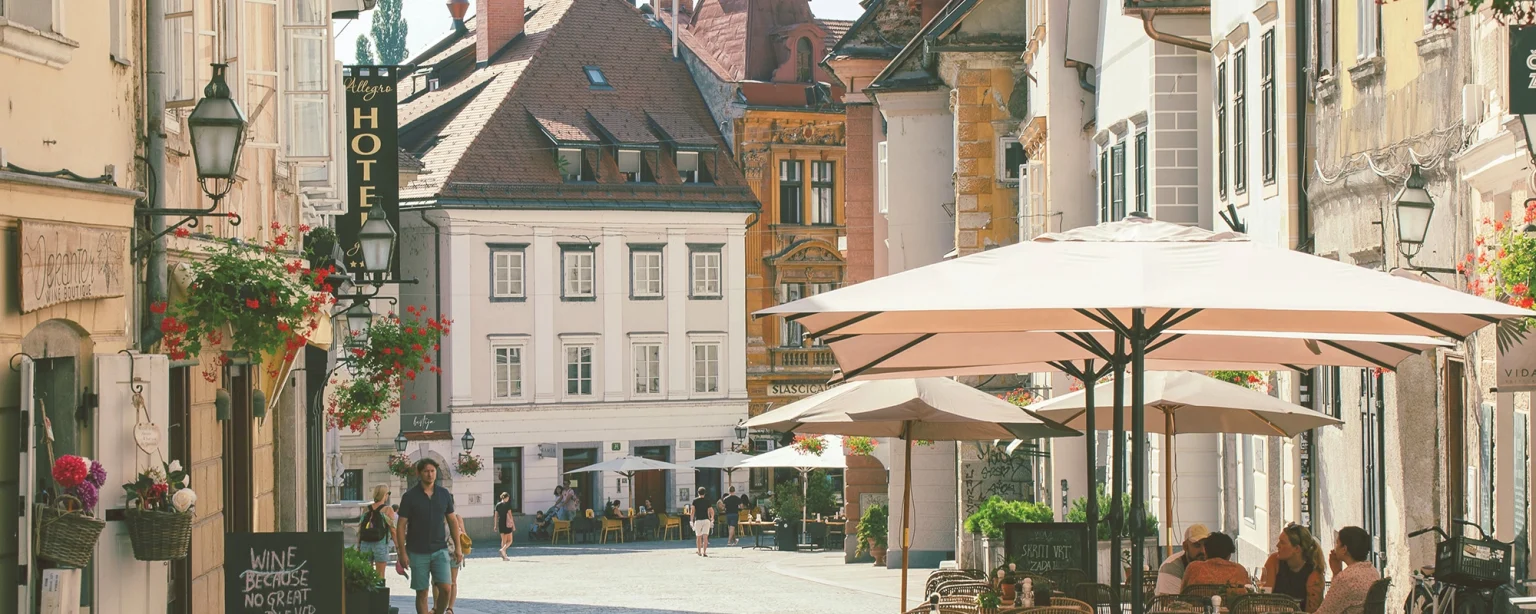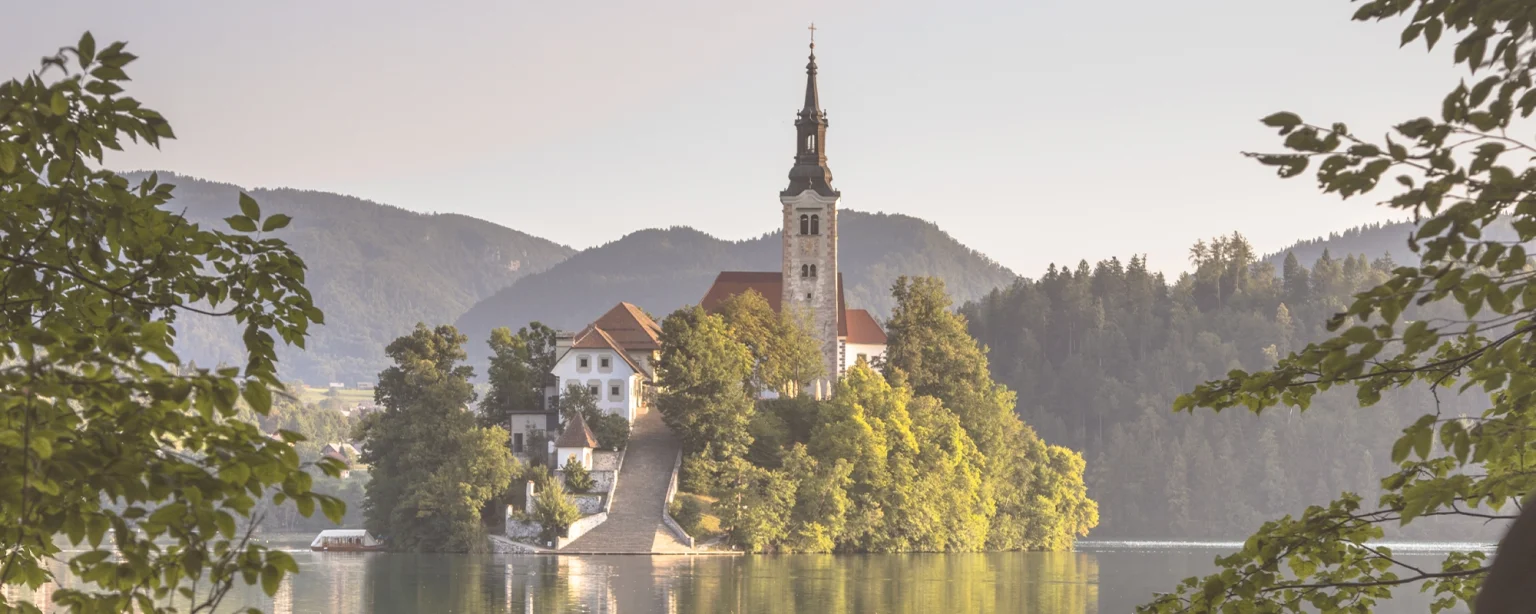The airline launched its route between the Spanish and Slovenian capitals at the end of July.

The Iberia Group now flies between Madrid and Ljubljana. The first aircraft to take off from Madrid-Barajas, operated by Air Nostrum, started this route with a hundred passengers on board. This route is part of the offer designed by the company for this summer that includes around 2,500 seats to discover one of the greenest capitals of the European continent and its surroundings.
Why Ljubljana?
In 2021, Iberia proposed to its followers on social networks a survey to choose a desired destination to which the company could fly. The choice was the Slovenian capital. Three years later, Iberia has made it a regular destination. Customers wishing to visit Ljubljana and all the cultural, heritage and experiential offerings can purchase their tickets until the end of the direct route on September 5. Two weekly direct connections link the airports of Adolfo Suárez Madrid-Barajas and Jože Pučnik, the latter being the only international airport in the country. In addition, passengers flying from Ljubljana to Madrid will be able to connect easily and conveniently to the 141 destinations operated by the Spanish airline.
An endless supply
2000 years old tell the story of the city of Ljubljana, in the heart of Slovenia. Its proximity to the Julian Alps gives it a distinctive character among all the capitals of the former Yugoslavia. Its urban comfort makes it very special to get lost on foot among its neighborhoods and streets. At MTGlobal we want to inspire you for, for example, your next incentive trips. Why not visit the Ljubljana Castle? Or Lake Bled? Getting lost in the Central Market or wandering through the legendary Tivoli Park?
In addition, Ljubljana was European Green Capital in 2016 becoming a reference in sustainability and responsible tourism. Its historic center, closed to motorized traffic, contains 12 hectares of pedestrian zone. More than 540 square meters of public green areas, with 44 drinking fountains distributed throughout the city and the special care of its native forests, public gardens and the conservation of its beekeeping heritage have made Ljubljana one of the most relevant capitals to understand today’s urban sustainability criteria.
Through its streets the traveler can discover the hybrid charm between buildings of all previous centuries and the modernity that crowns the Neboticnik skyscraper, one of the icons of the city. At Lake Bled, about 60 kilometers from Ljubljana, the purest blue of the water surrounding the country’s only natural island can be seen. At that point stands Sexton House, a 15th century chapel that is accessed after overcoming the climb of 99 steps. The reward? Possibly one of the most spectacular landscapes on the European continent.
